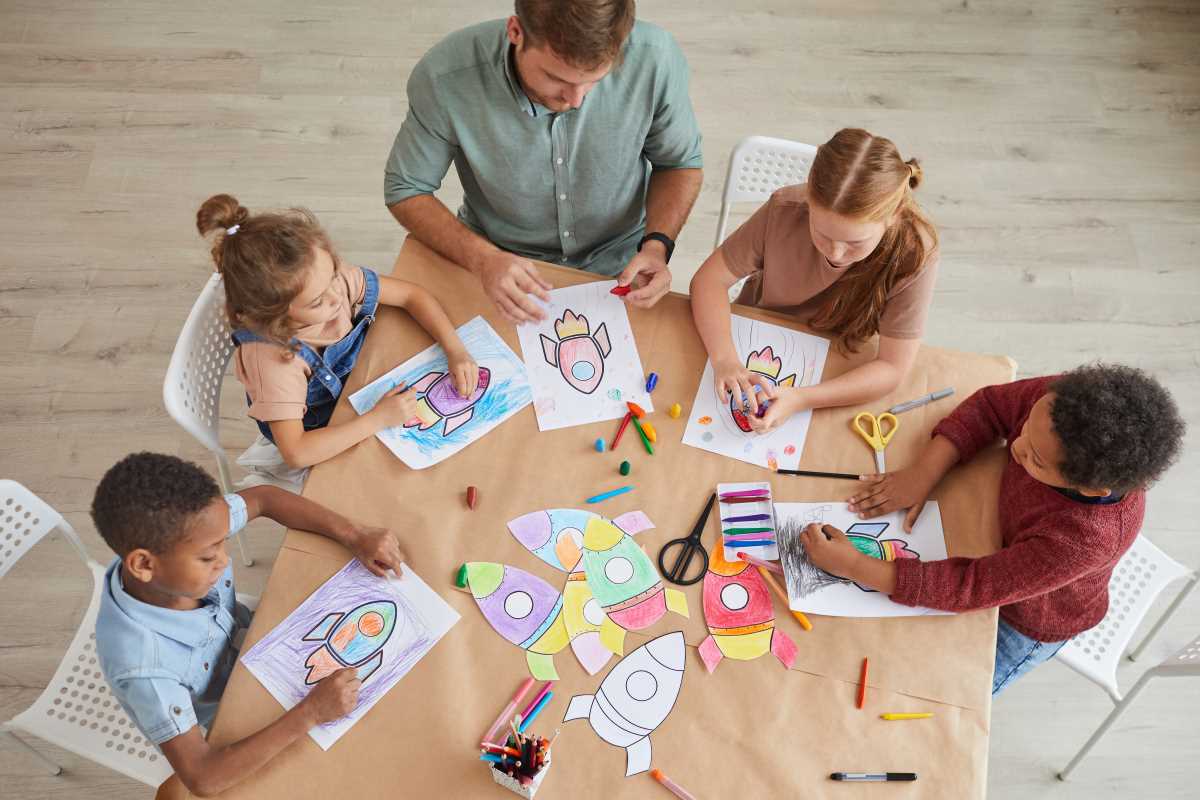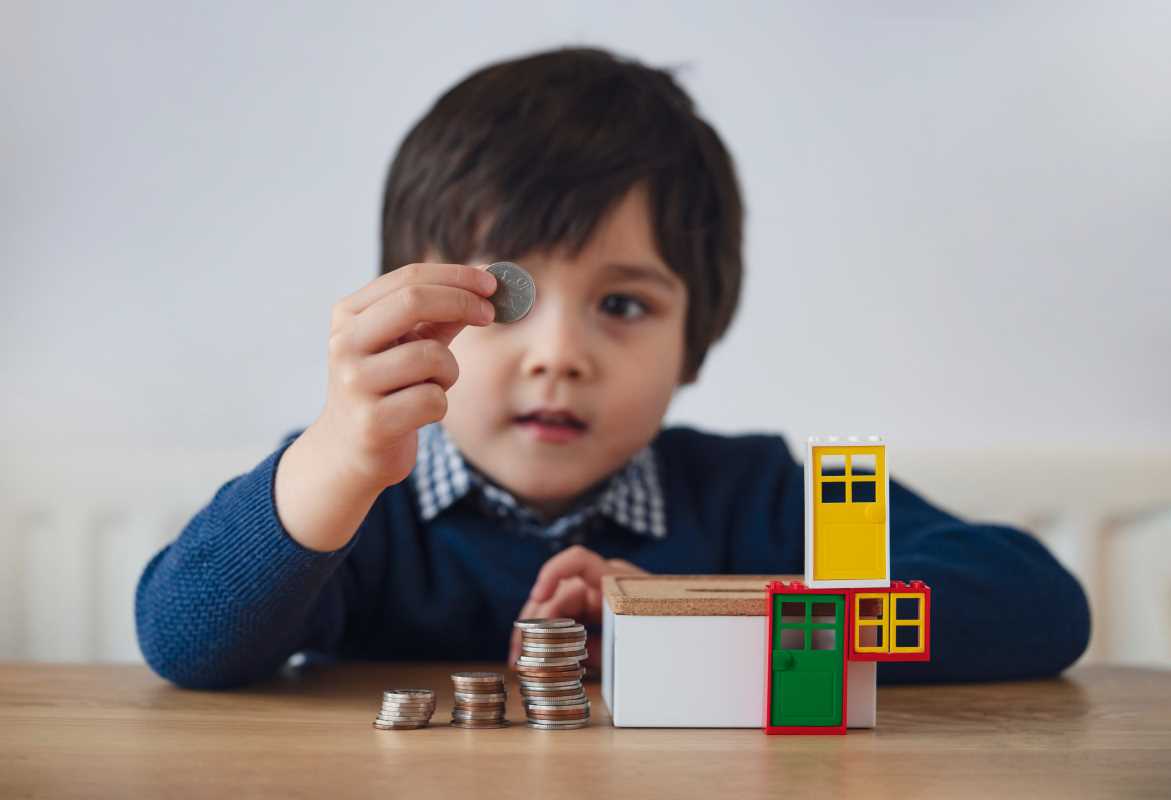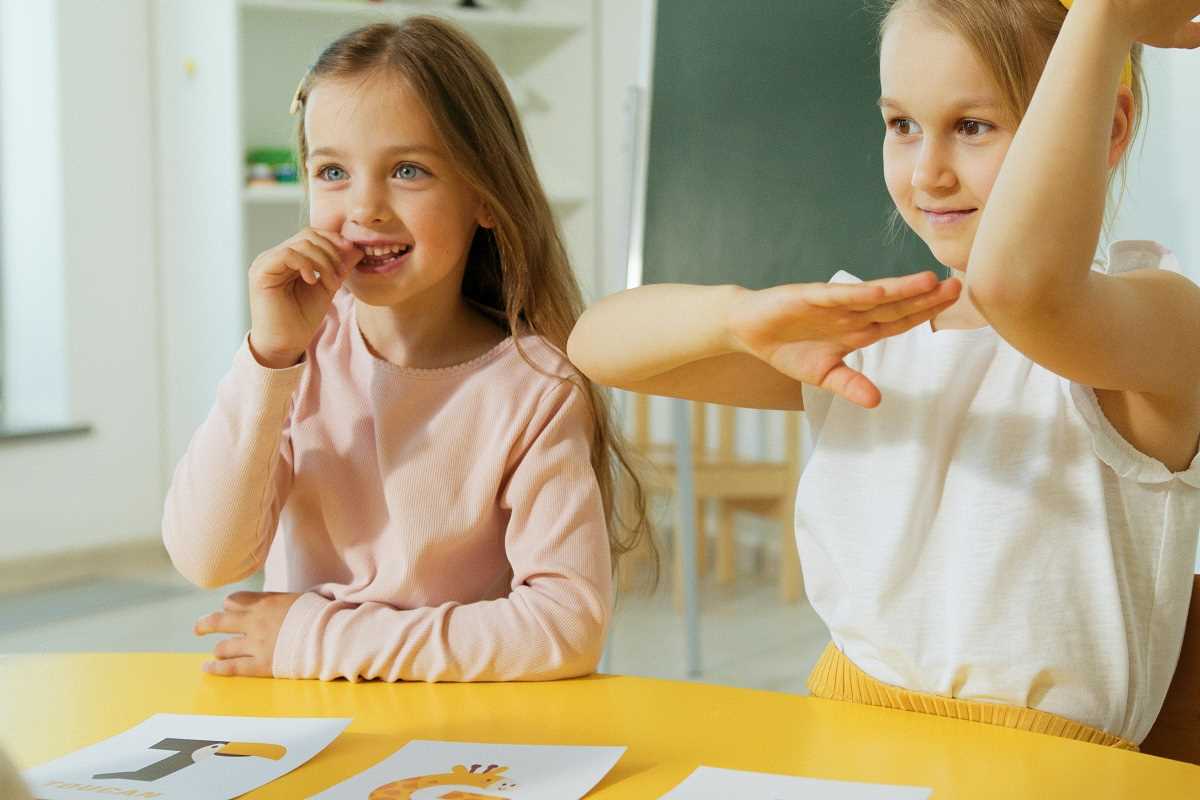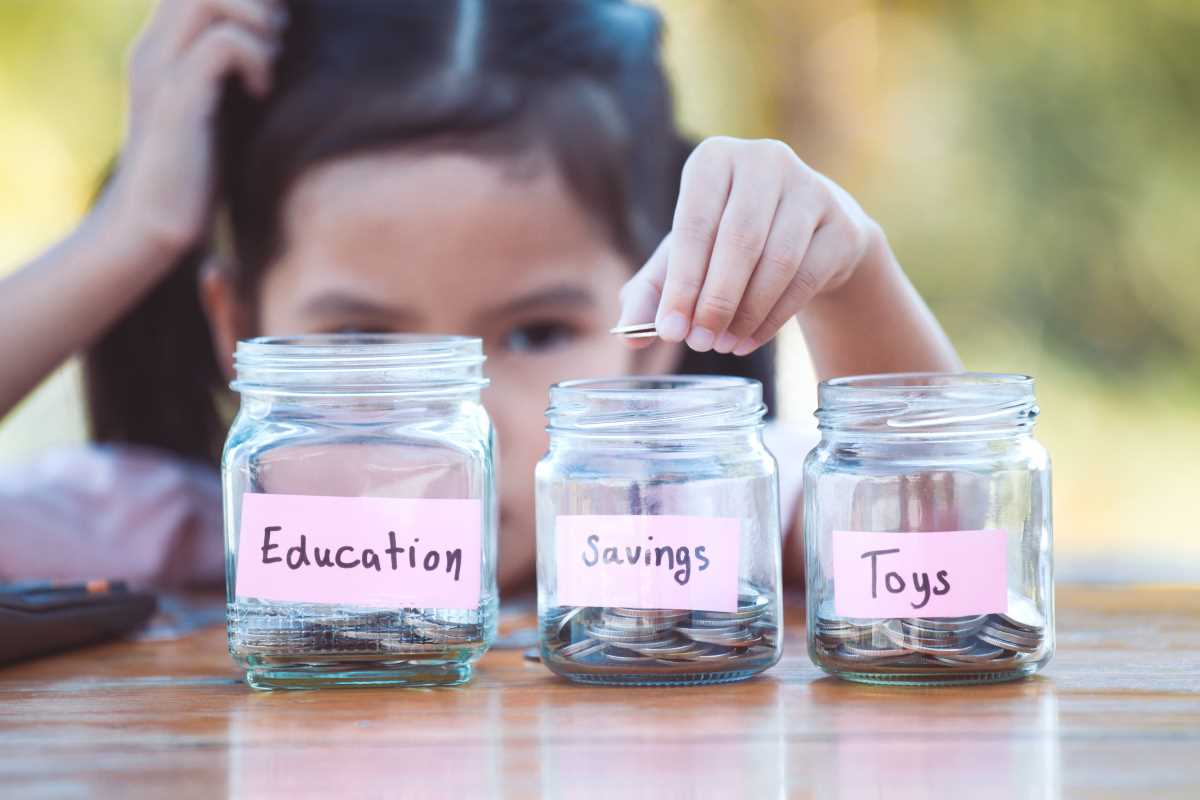Children pick up attitudes quickly, so teaching a growth mindset from a young age helps encourage curiosity and determination. A family dinner can become a special time when everyone shares one success from their day and talks about a challenge they faced. This easy tradition encourages open conversation, making it normal to talk about both victories and difficulties. Over time, these small changes at home can help children become more confident, especially in areas that once seemed overwhelming. As families practice this routine, children start to see setbacks as opportunities to learn, building resilience that lasts beyond the dinner table.
Encourage Effort Over Outcome
Kids often hear “Great job!” all the time—but what if you praised the effort instead of the result? Recognizing hard work boosts their motivation and reminds them that skills develop through consistent practice.
- After homework, ask “What strategy helped you solve that problem?”
- Create an “effort jar”: drop a token each time they tackle a tricky task.
- Design DIY badges for milestones like “Tried a new approach” or “Stayed curious.”
These small routines shift attention to the process, not just the grade. Over time, children associate effort with success, making them more willing to face challenges confidently.
Model a Growth Mindset in Daily Conversations
Small changes in your conversations can change how children view difficulties. Role-play a scenario where your child feels stuck on a puzzle. Follow these steps:
- Pause and acknowledge frustration: “I see you’re wrestling with that.”
- Use language that normalizes struggle: “This is a chance to see what tricks work.”
- Share your own mistakes: “I tried cooking that recipe last week and totally burned it!”
- End with a positive note: “Mistakes give us clues about what to try next.”
This way of talking turns obstacles into opportunities for learning. Your child learns that everyone, even adults, adjusts their ideas until they find the right solution.
Build a Challenge-Friendly Environment
Transform your home into a space where perseverance is encouraged. Place brain teasers, building blocks, or DIY science kits in plain sight, not hidden away. When curiosity peaks, children will pick a challenge instead of defaulting to screens.
Set up a “failure wall” on the fridge. Pin up attempts—sketches that went sideways, experiments that fizzled, or half-finished Lego towers. This display celebrates trying and learning, reminding children that mistakes are more funny than embarrassing.
Celebrate Learning From Mistakes
Turn mistakes into small celebrations. When a math answer is wrong or a spelling word trips them up, pause the disappointment and give them a “Mistake Medal.” Decorate it with stickers and hand it to them with a smile.
Encourage children to write down what they learned next to each mistake. Over time, you will collect a scrapbook of insights—proof that every mistake leads to future success.
Use Reflective Journaling Daily
Journals don’t need to be formal or school-like. Create a “Wonder Log” using colored pens, stamps, and stickers. Encourage children to doodle or write about questions like “What challenge made me stretch today?”
Once a week, sit together for “Wonder Share.” Exchange entries, laugh at silly drawings, and discuss what’s next. This habit deepens self-awareness and makes reflection a fun family activity.
Use these five playful methods—praising effort, modeling a growth mindset, creating challenge zones, celebrating mistakes, and journaling—to help children build resilience and curiosity. Try one idea tonight and observe how small sparks of determination brighten your home.







